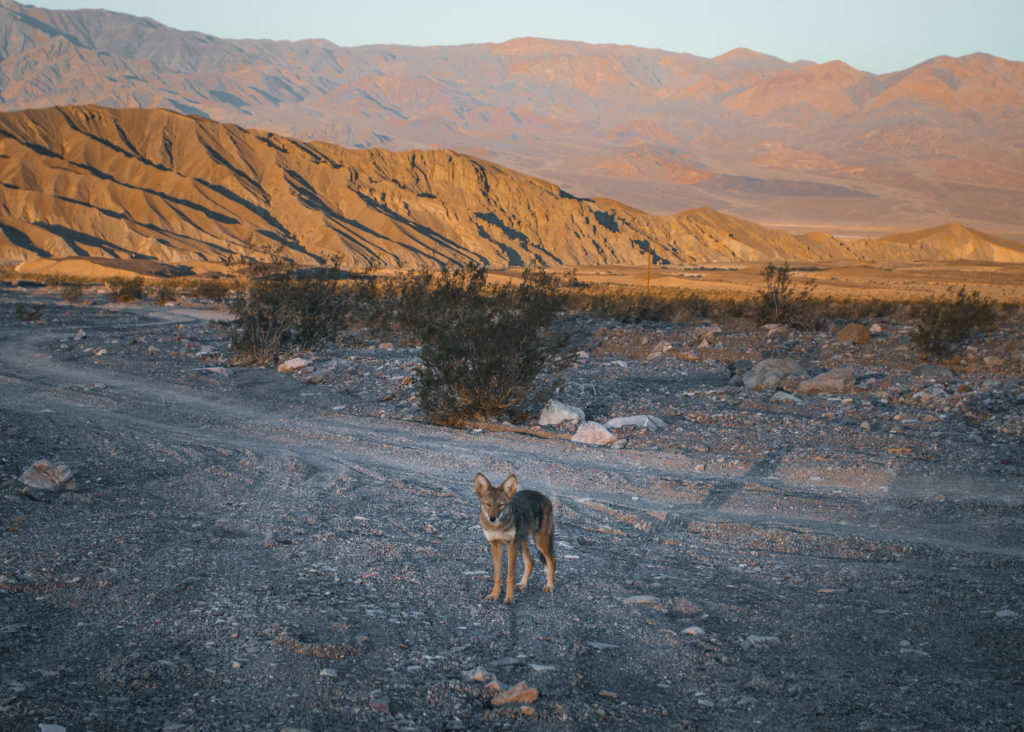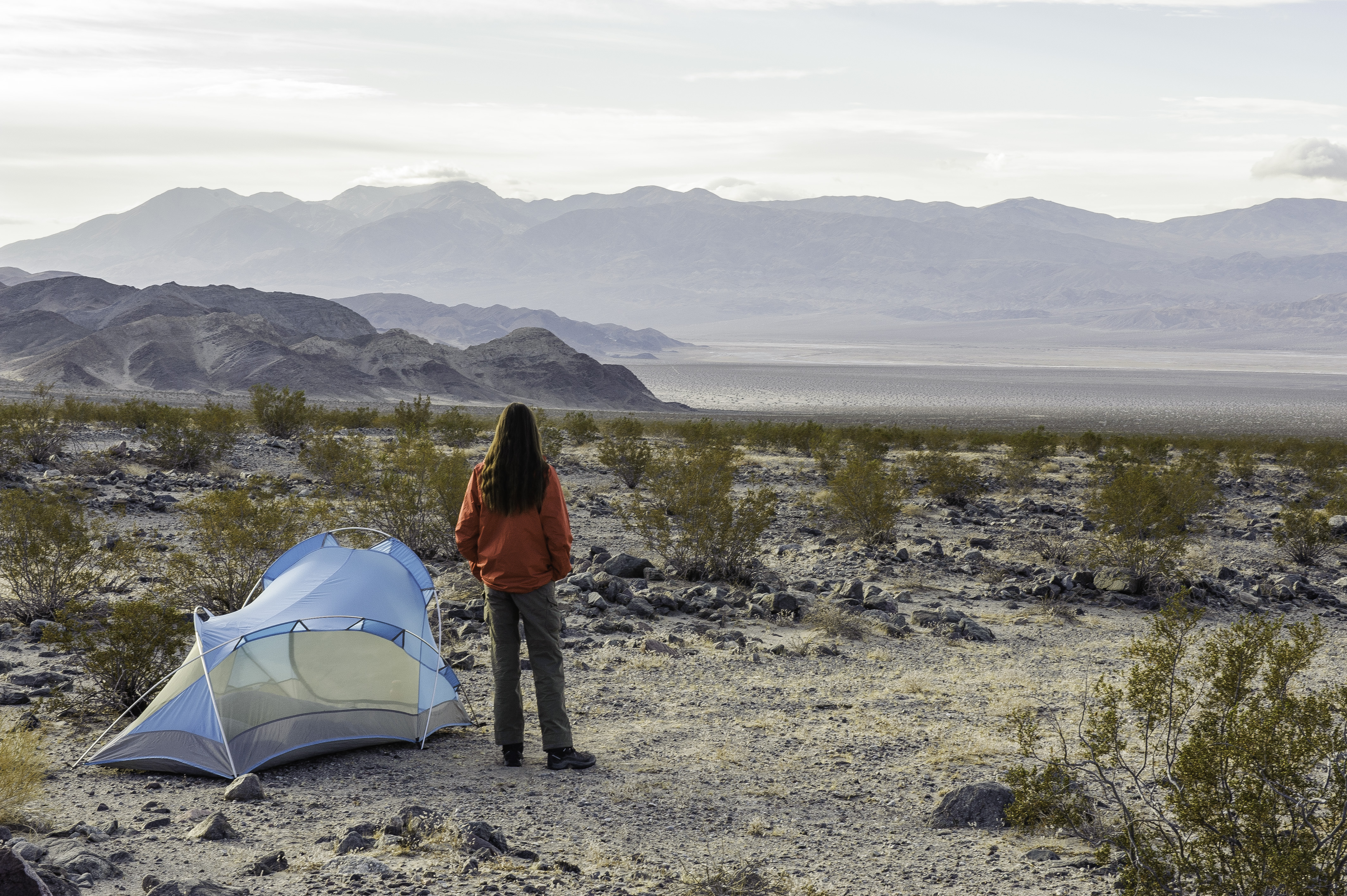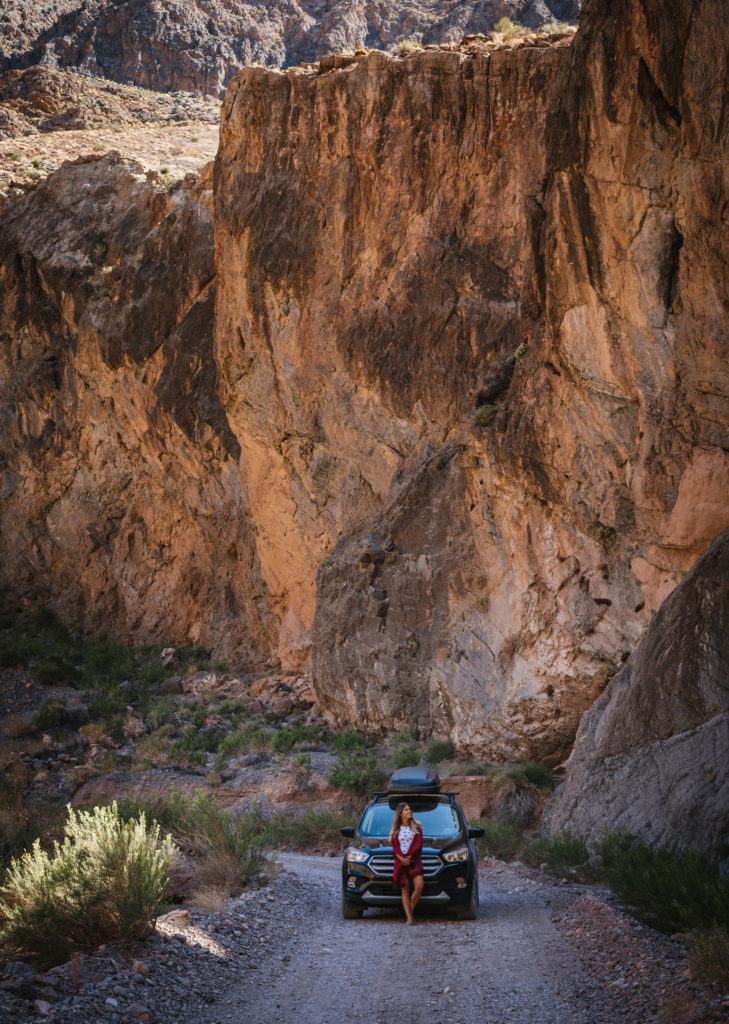Free camping is available in Death Valley National Park at designated backcountry sites. Campers must adhere to park regulations and Leave No Trace principles.
Death Valley National Park offers an exceptional free camping experience for those seeking adventure in one of the hottest, driest, and lowest national parks in the United States. This expansive park encompasses a variety of terrains, from salt flats and sand dunes to mountains and canyons, providing a unique backdrop for campers.
Free camping, also known as dispersed camping, is permitted in specific backcountry areas, allowing visitors to enjoy the stark beauty of the park without the confines of established campgrounds. Remember that self-sufficiency is key, as amenities are nonexistent and conditions can be extreme. It’s essential to come prepared with plenty of water, food, and a well-maintained vehicle. By respecting the park’s guidelines and embracing the spirit of self-reliance, campers can immerse themselves in the solitude and wilderness of Death Valley.

Credit: thebreakofdawns.com
Introduction To Death Valley’s Wild Landscape
Death Valley National Park is a vast and rugged landscape. It offers adventurous campers the thrill of its extreme environment. Free camping, also known as dispersed camping, is a popular choice. It allows visitors to immerse themselves in the park’s raw beauty. Expect arid deserts, towering mountains, and star-filled skies. Remember, the park’s conditions can be challenging. Temperatures soar and amenities are scarce. Still, the chance to camp for free is a powerful draw for many.
Prepare for remote camping spots and self-sufficiency. Bring plenty of water and food. Your map and compass are must-haves. Wildlife is sparse, but the silence is profound. For those willing to embrace the desert, Death Valley offers an unforgettable experience.

Credit: www.nps.gov
Legalities And Permissions For Camping
Free camping in Death Valley needs careful planning. Knowing the regulations is key to a safe trip. Death Valley National Park allows free camping, but only in specific areas. Check the park’s website or contact a ranger for the latest information. Some areas may be off-limits to protect wildlife or due to weather conditions.
Remember, you must camp one mile away from paved roads and day-use areas. Also, camping is not allowed above 2,000 feet in elevation to prevent damage to delicate habitats. Always follow Leave No Trace principles to keep the park pristine for others.
Dispersed camping is your best bet for a free experience. This means setting up camp outside of designated campgrounds. Backcountry camping requires a free permit, which you can obtain at any visitor center.
Best Times To Camp In Death Valley
Death Valley offers a unique camping experience. The best times to camp are during the spring and fall months. During these times, temperatures are milder. Summer brings extreme heat, often soaring above 120°F. Winter can be unpredictably cold, with nighttime temperatures dropping below freezing.
For a pleasant camping trip, aim for October through April. These months avoid the scorching summer heat. Always check the weather forecast before your trip. Stay safe and enjoy the stunning desert landscape!

Credit: thebreakofdawns.com
Preparing For Your Adventure
Prepare for your Death Valley camping trip with the right gear. Bring a durable tent, sleeping bags, and plenty of water. Always pack extra food and sunscreen.
Navigation tools are crucial in vast areas. Use a GPS device and physical maps. A satellite phone or a two-way radio helps you stay connected.
Finding The Perfect Campsite
Death Valley offers adventurous campers a variety of free spots. Echo Canyon is a favorite, with its rugged scenery and quiet environment. Sunset Campground provides easy access and stunning desert vistas. For a more secluded experience, Monarch Mine presents a peaceful retreat.
For those seeking solitude, Hidden Valley is a gem. Nestled between hills, it promises star-filled nights. Racetrack Valley is another less frequented area, where the mysterious moving rocks intrigue visitors.
| Spot Name | Features |
|---|---|
| Echo Canyon | Quiet, rugged scenery |
| Sunset Campground | Easy access, desert views |
| Monarch Mine | Secluded, peaceful |
| Hidden Valley | Isolated, starry nights |
| Racetrack Valley | Less frequented, moving rocks |
Safety Measures In Harsh Environments
Staying safe in Death Valley demands preparation and knowledge. Extreme temperatures can lead to serious health risks. Carrying ample water is vital to avoid dehydration. Wear light-colored, breathable clothing to keep cool. Never hike in the peak heat hours. Rest often in the shade.
The area is home to wildlife like snakes and scorpions. Do not touch or disturb them. Keep food secured to not attract animals. Always check boots and gear for creatures. Being aware of your surroundings reduces risks. Carry a first-aid kit for emergencies. Remember, wildlife is protected; maintaining distance ensures your safety and their well-being.
Leave No Trace: Camping With Care
Free camping in Death Valley requires a commitment to preservation. The desert ecosystem is fragile. Campers can easily harm it. Plants and animals need your respect.
The ground is home to many living things. Your tent and footsteps might hurt them. Stay on marked paths to protect these creatures.
Garbage left behind can be deadly. Wild animals might eat it and get sick. Bring all trash back with you.
Fire is a powerful force in the dry desert. A small spark can start a huge fire. Use a camp stove for cooking instead.
Water is scarce here. Use it sparingly. Clean with small amounts and avoid contaminating streams.
Low-impact camping means leaving the land untouched. Future visitors should not see where you camped. Keep Death Valley wild and beautiful.
Stories From The Valley: Camper Experiences
Death Valley’s vast landscapes offer unique camping adventures. Many campers share tales of starlit skies and unforgettable silence. Wildlife encounters often become the highlight of their stories. Desert foxes and bighorn sheep are common sights, creating priceless memories.
Navigating the terrain teaches important survival skills. Campers learn to conserve water and stay cool under the blistering sun. Preparation is key—bringing ample supplies and knowing the weather can make or break the experience. Respect for nature grows with each visit to this stark yet beautiful land.
Exploring Beyond The Campsite
Death Valley offers unique adventures beyond its free campsites. Day hikes through colorful canyons and scenic drives along vast deserts are a must. The Golden Canyon and Badwater Basin are popular spots. Maps and water are essential for every explorer.
At night, the valley transforms into a stargazing haven. The clear skies allow for excellent views of stars and planets. Telescope rentals are available at Furnace Creek. Families enjoy guided night sky tours that teach about constellations.
Conclusion: The Call Of The Desert
The unforgettable allure of free camping in Death Valley stays with you. The vast, starry nights and the silence of the desert are captivating. Many visitors find themselves planning their return before they’ve even left. Death Valley’s rugged beauty is unique and magnetic.
Planning your return to this majestic landscape means being prepared. Remember to respect the environment and leave no trace. Future adventures await in the stark, yet beautiful wilderness of Death Valley.
Frequently Asked Questions
Where Can I Camp For Free In Death Valley?
You can camp for free in Death Valley at designated backcountry camping areas. Secure a permit at the Visitor Center and follow park regulations for a safe experience.
Can You Wild Camp In Death Valley?
Yes, wild camping is permitted in Death Valley outside of designated campgrounds. Stay one mile from roads, trails, and water sources, and follow Leave No Trace principles. Always check for specific area regulations before setting up camp.
Where Can I Sleep In My Car In Death Valley?
You can sleep in your car at designated campgrounds in Death Valley. Ensure you park in legal spots and follow park rules.
Can You Camp Overnight In Death Valley?
Yes, you can camp overnight in Death Valley. Ensure to use designated campgrounds or obtain a backcountry permit for wilderness camping. Always check current conditions and park regulations before your trip.
Conclusion
Exploring Death Valley’s rugged beauty through free camping is truly unforgettable. Embrace the solitude, respect the environment, and prepare thoroughly. For adventurers seeking a cost-effective journey, this desert offers an unmatched experience. Remember, your safety is paramount; never underestimate the desert’s challenges.
Ready for your next escape? Death Valley awaits.
